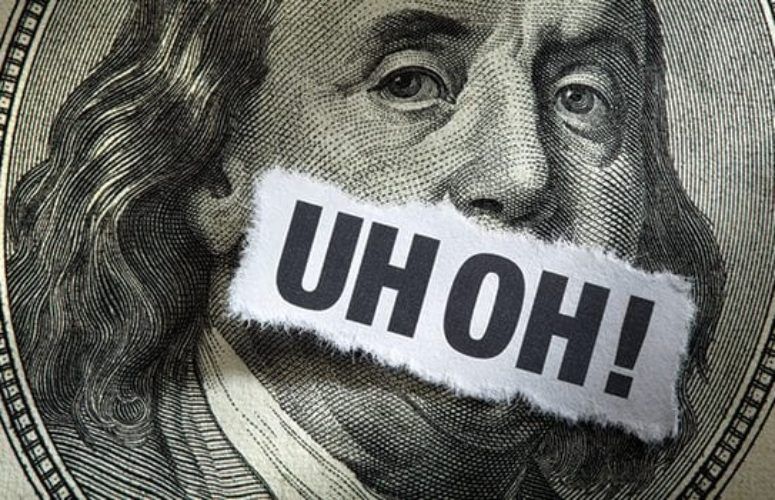
Setting Up a Retirement Plan
Learn about the pros & cons of different offerings.
By Ryan Malone, CPA, Principal at Flackman Goodman & Potter On Nov 25, 2014Minimizing income taxes while retaining as much cash as possible is the holy grail of commerce. Retirement plans help accomplish this by providing a deduction to the business, as well as savings for the owner’s retirement. Even entrepreneurs in startup mode should think about saving for retirement. Depending on the size and profitability of your business, there are several retirement plan options available to you, such as the SEP-IRA, SIMPLE IRA and Safe Harbor 401(k).
SEP-IRA. The SEP Plan is one of the easiest retirement plan options to set up and maintain and is a popular option for the self-employed. There are no annual IRS filing requirements, administrative costs are negligible and, unlike other plans, contributions are immediately vested. The maximum annual contribution for this plan is 25 percent of the employee’s compensation, up to $52,000; the contribution is a tax deduction for the business owner. The SEP plan is most beneficial to companies whose owner(s) is the only employee(s) because only the employer is permitted to make contributions. Therefore, if the company contributes 25 percent of the owner’s compensation to the SEP, the company must also contribute 25 percent of all eligible employees’ compensation.
SIMPLE-IRA. This is a good option for many businesses with more than 2, but fewer than 100, employees. The SIMPLE IRA is also inexpensive to set up and easy to administer. Employees may contribute up to $12,000 annually to their own accounts and the employer must make a tax-deductible match of either 1 to 3 percent of the contributing employee’s compensation or a 2 percent contribution regardless of the employee’s participation in the plan. The employer must make contributions for employees every year in a SIMPLE, even when the business performs poorly and employer contributions are fully vested as well.
Safe Harbor 401(k). This plan encourages all employees to participate while eliminating some of the administrative burdens normally incurred under traditional 401(k) plans. Under traditional 401(k)s, highly compensated employees’ contributions may be limited. The Safe Harbor eliminates this constraint: The company is required to annually make a contribution of 3 percent of all eligible employees’ compensation regardless if they participate in the plan, thereby waiving the discriminatory testing requirements of traditional plans. Employees are allowed to contribute up to $17,500 of compensation (in 2014) and the Safe Harbor contribution from the employer is also immediately vested.
Some downsides to the Safe Harbor 401(k) are: the high administrative costs ($2,000-$4,000 annually); annual filing of Form 5500 with the IRS; and if there are more than 100 eligible employees, an annual audit must be performed to ensure compliance with Department of Labor rules.
About the Author: Ryan Malone, CPA, is a principal at Flackman Goodman & Potter, PA, Ridgewood, a mid-sized accounting firm serving a diverse array of clients across the US.
Related Articles:





